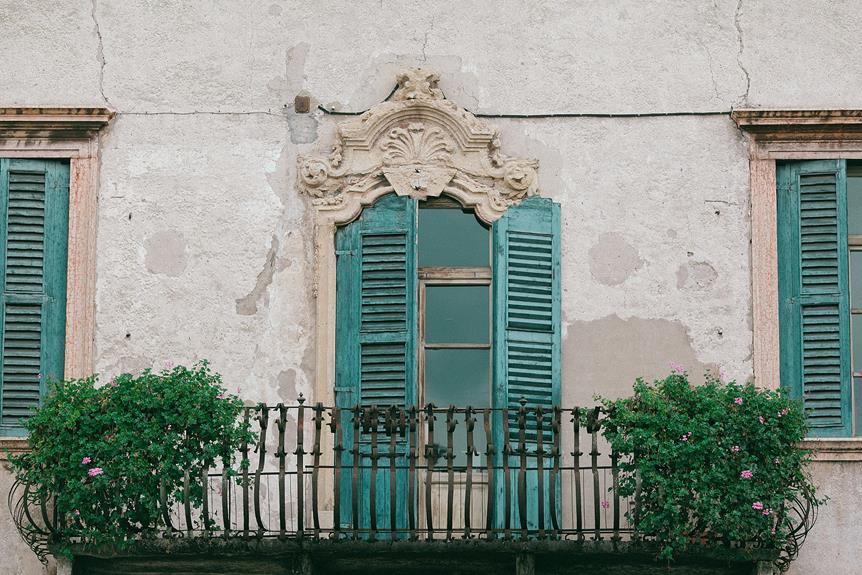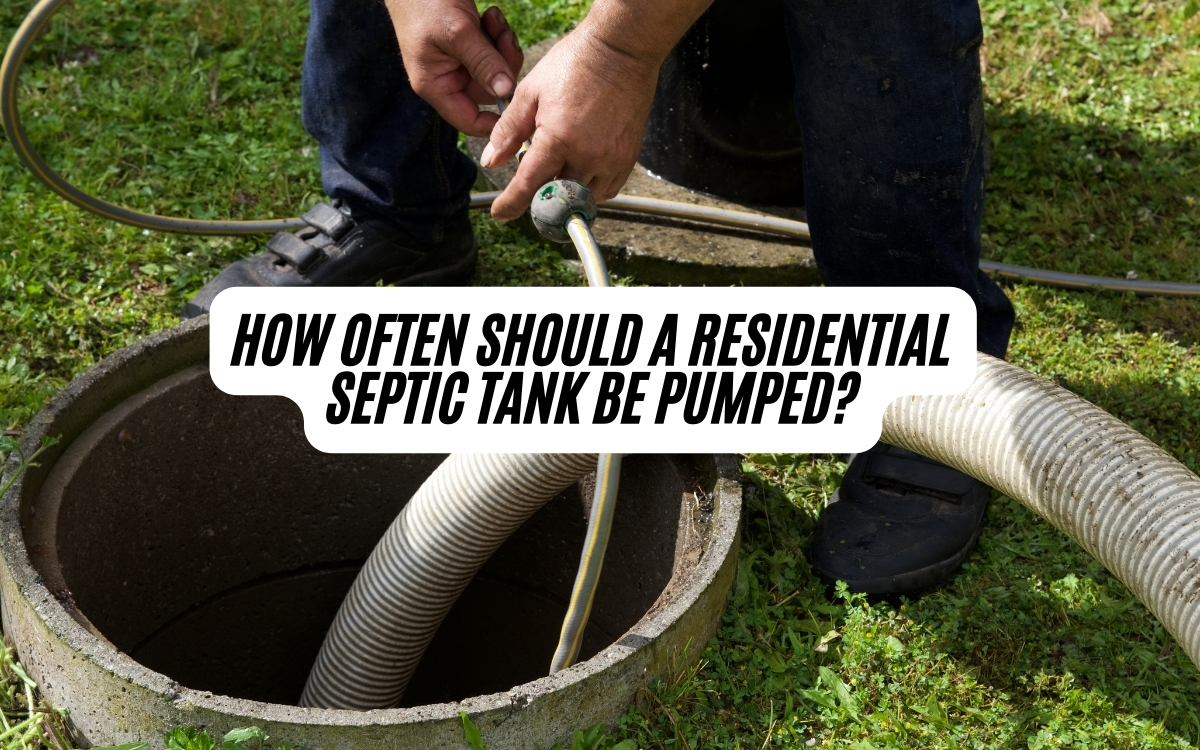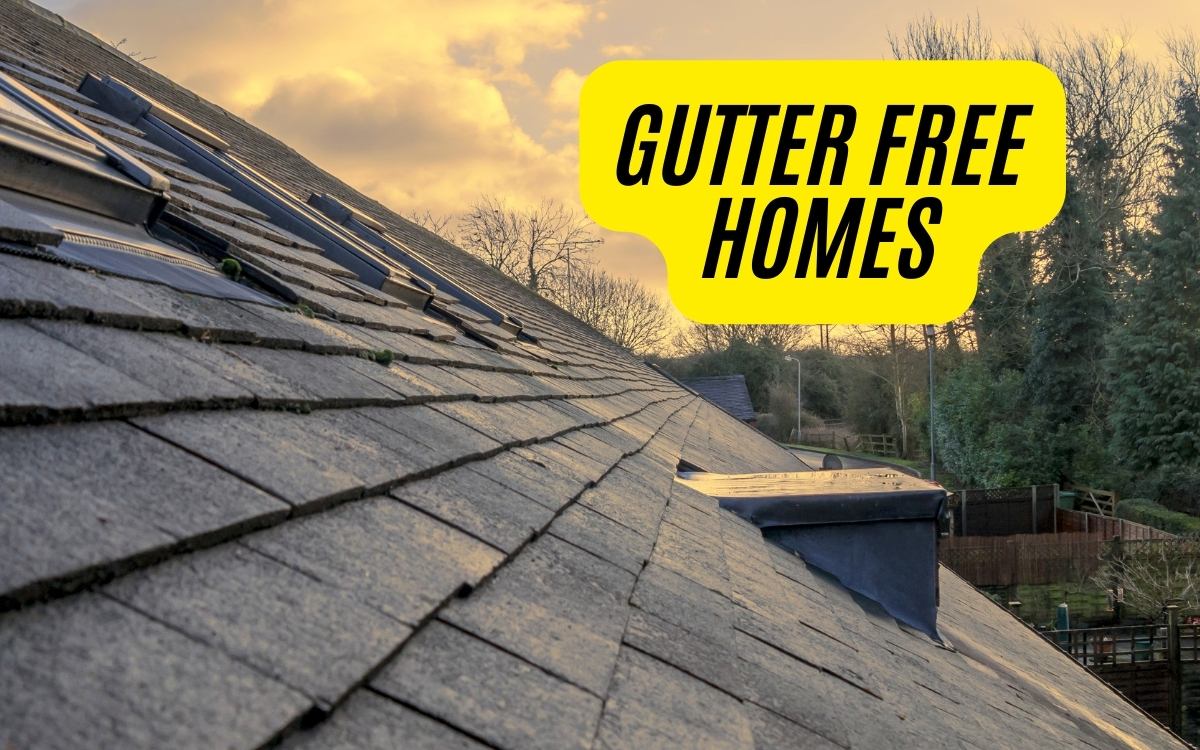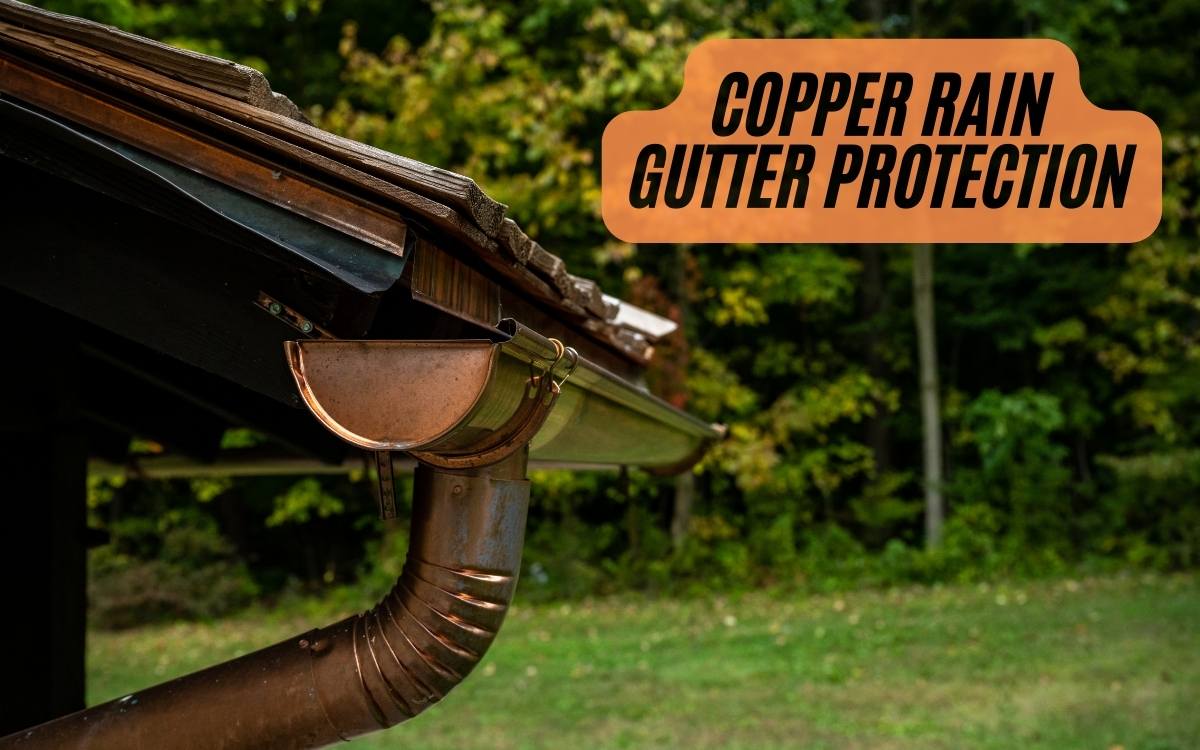STUCCO 101: THE ULTIMATE BUILDING MATERIAL
Stucco has emerged as a premier building material, prized for its unparalleled durability, versatility, and aesthetic appeal, making it a top choice for architects, builders, and homeowners alike. Composed of sand, cement, water, and lime, stucco provides a durable and weather-resistant exterior finish, offering strength, fire resistance, and adaptability to various architectural styles. With its unique blend of durability, versatility, and customization, stucco has become a preferred material for building and renovating homes. Whether you're looking for a timeless Mediterranean-inspired look or a modern, sustainable design, stucco's possibilities are endless, and exploring its characteristics will reveal the full extent of its benefits.
What Is Stucco?
Composed of sand, cement, water, and traditionally, lime, stucco is a versatile building material that has been used for centuries to coat walls and ceilings.
Modern stucco is primarily a cement plaster designed to provide a durable and weather-resistant exterior finish.
Its strength, fire resistance, and adaptability to various architectural styles make it a popular choice for homeowners.
Stucco finishes can be smooth and professional, rough and textured, or sandy and coarse, offering a range of aesthetic options.
With its unique blend of durability, versatility, and customization, stucco has become a preferred material for building and renovating homes.
History and Characteristics
Stucco's rich history spans thousands of years, dating back to ancient civilizations in the Middle East, where it was first used as a durable and weather-resistant building material.
The earliest known uses of stucco date back to 7,500 B.C., with Jordan's Ain Ghazal people. Stucco was popularized throughout Europe in the Renaissance era as a common building material.
Modern stucco was established in the 1800s with the invention of Portland cement. Stucco became popular in the early 20th century with the rise of Spanish colonial revival-style homes.
Today, stucco is a versatile material that can be molded, shaped, and textured to achieve unique designs, making it a reliable and customizable choice for builders and homeowners alike.
Benefits and Drawbacks
Durability and versatility are the hallmarks of stucco, a material that offers numerous benefits to homeowners and builders alike.
From its impressive fire resistance to its ability to be molded and shaped into unique designs, stucco is a liberating choice for those seeking freedom from the constraints of traditional building materials.
- Weather resistance: Stucco can withstand the harshest of climates, making it an ideal choice for homeowners in diverse regions.
- Fire resistance: With a fire-resistance rating of one hour, stucco provides an added layer of safety and security.
- Customization: Stucco can be molded, shaped, and textured to achieve unique designs that reflect individual style and personality.
- Low maintenance: Stucco requires minimal upkeep, freeing homeowners from the burden of frequent repairs and maintenance.
Maintenance and Repair
Proper upkeep is crucial to guaranteeing the longevity and performance of stucco siding, as neglect can lead to costly repairs and even compromise the structural integrity of the building.
Regular maintenance involves inspecting the stucco for small hairline cracks and filling them with sealant to prevent further damage. Homeowners should also clean the stucco with a garden hose and medium-bristle scrub brush to remove dirt and grime. Avoid using power washing or applying excessive pressure, which can cause damage.
For larger repairs, hiring a professional is imperative to guarantee the work is done correctly and efficiently. Failure to do so can result in further damage and costly consequences.
Stucco Types and Options
When it comes to stucco, one of the most exciting aspects is the vast array of options available to homeowners.
With so many styles, textures, and colors to choose from, it's no wonder stucco remains a popular choice for exterior and interior design.
Whether you're looking for a modern, sleek aesthetic or a more traditional, rustic look, stucco has got you covered.
- Traditional Stucco: The classic choice, offering a timeless, Mediterranean-inspired look.
- Acrylic Stucco: A modern, water-resistant alternative perfect for high-humidity climates.
- Fiber-Reinforced Stucco: A durable, cost-effective option ideal for large-scale projects.
- Insulated Stucco: A energy-efficient choice that combines stucco with foam board insulation for maximum energy savings.
Installation and Application
As stucco's popularity continues to rise, understanding its installation and application process becomes crucial for homeowners and builders alike.
A successful stucco installation requires a thorough understanding of the material, as well as the surface it will be applied to. The surface must be clean, dry, and free of any debris.
A bonding agent is then applied to guarantee a strong bond between the stucco and the surface. The stucco mixture is then applied in three coats, each with its own specific function.
The first coat, known as the scratch coat, provides a rough surface for the next coat to bond to. The second coat, or brown coat, adds thickness and strength, while the final coat, or finish coat, provides the desired texture and color.
Common Issues and Solutions
Despite its durability and versatility, stucco is not immune to common issues that can arise during its lifespan.
These problems can be frustrating and concerning for homeowners. Fortunately, most issues can be addressed with proper maintenance and repair.
1. Cracking and Water Damage: Hairline cracks can lead to water seepage, causing damage to the stucco and underlying structures.
Solution: Seal cracks promptly, and consider applying a waterproofing membrane.
2. Efflorescence: White salt deposits can appear on the stucco surface, indicating water seepage.
Solution: Clean the area with a mild detergent, and apply a waterproofing treatment.
3. Color Fading: Stucco colors can fade over time, affecting the home's appearance.
Solution: Apply a stucco sealant to protect the finish and maintain color vibrancy.
4. Pest Infestation: Pests like wasps and rodents can burrow into stucco, causing damage.
Solution: Seal any holes or gaps, and consider applying a pest-deterrent coating.
Stucco in Modern Architecture
Modern architecture has witnessed a resurgence of interest in stucco as a preferred building material, thanks to its unique blend of durability, versatility, and aesthetic appeal.
This renewed fascination stems from stucco's adaptability to diverse architectural styles, from modernist to traditional, and its ability to seamlessly integrate with other materials.
Contemporary architects and builders appreciate stucco's eco-friendly properties, low maintenance requirements, and fire-resistance ratings.
In addition, stucco's malleability allows for creative expressions, making it an ideal choice for innovative and bold designs.
As a result, stucco has become a go-to material for forward-thinking architects seeking to create visually striking, sustainable, and functional buildings that exude a sense of liberation and freedom.
Frequently Asked Questions
Can I Apply Stucco Over Existing Brick or Concrete Walls?
Applying stucco over existing brick or concrete walls is possible, but requires careful preparation, including cleaning, repairing cracks, and applying a bonding agent to guarantee a strong, durable, and long-lasting stucco finish.
Is Stucco Suitable for Homes in Coastal or High-Salt Areas?
In coastal or high-salt areas, stucco's suitability is contingent upon proper installation, maintenance, and material selection. Salt-resistant additives and specialized coatings can mitigate corrosion, but stucco may still be prone to damage from saltwater exposure and high humidity.
Can Stucco Be Used on Interior Walls and Ceilings?
Yes, stucco can be used on interior walls and ceilings, providing a durable, fire-resistant, and aesthetically pleasing finish; modern stucco applications often incorporate specialized interior mixes and finishes to suit various design styles and architectural requirements.
How Does Stucco Compare to EIFS (Exterior Insulation and Finish System)?
Stucco and EIFS (Exterior Insulation and Finish System) are both exterior cladding options, but they differ in composition, installation, and performance. Stucco is a durable, weather-resistant material, whereas EIFS is a non-load bearing, insulated system with a synthetic finish.
Are There Any Eco-Friendly or Sustainable Stucco Options Available?
Eco-friendly stucco options are emerging, incorporating sustainable materials like recycled aggregate, natural fibers, and low-carbon cement, offering a reduced environmental footprint while maintaining stucco's durability and aesthetic appeal.



